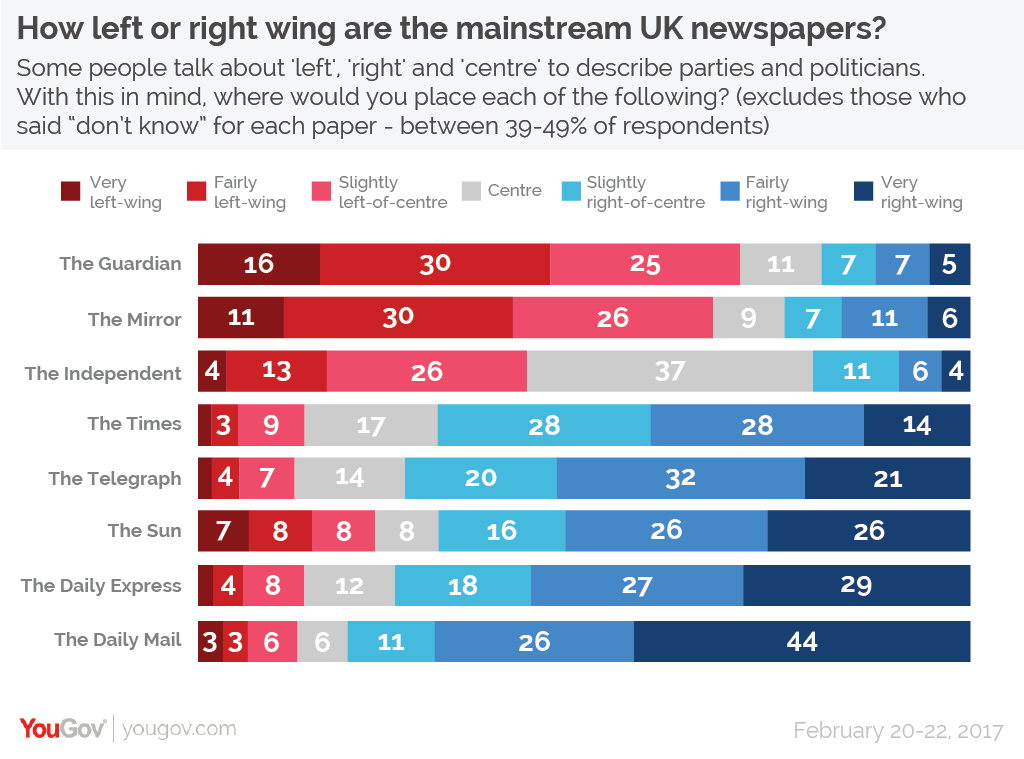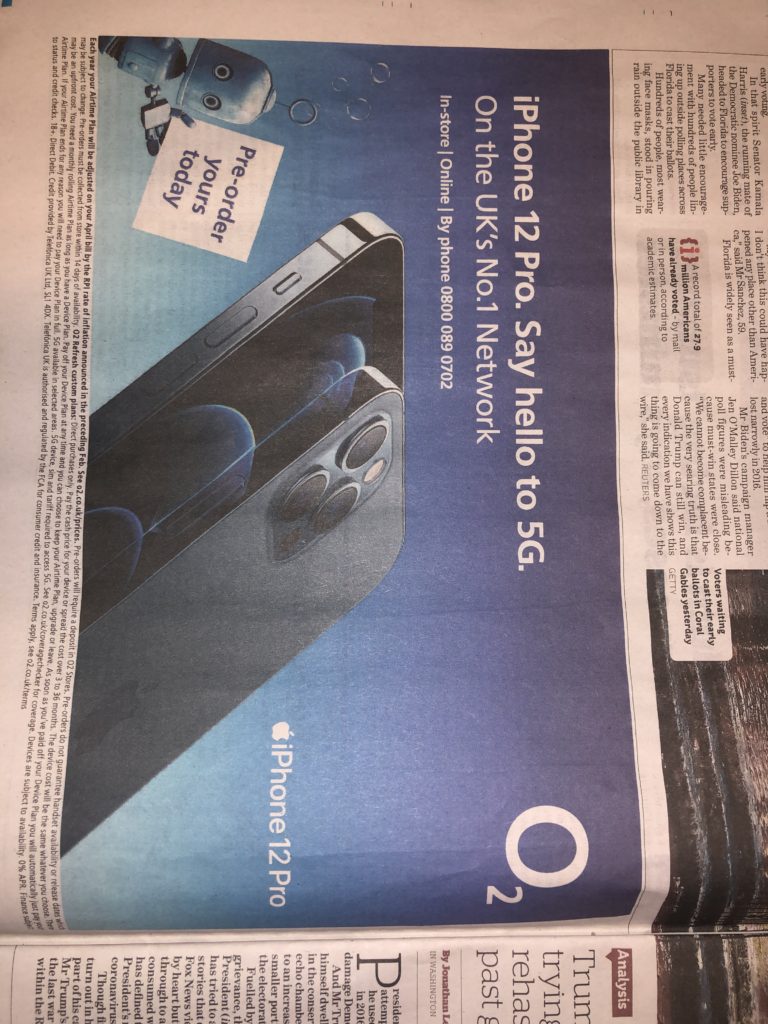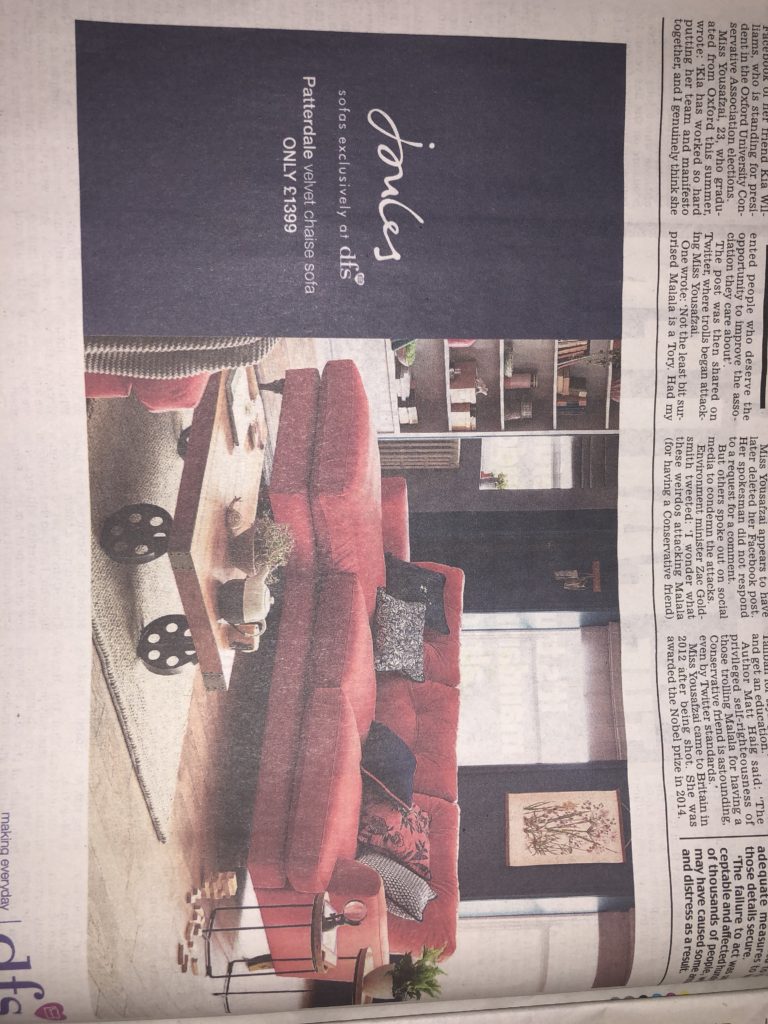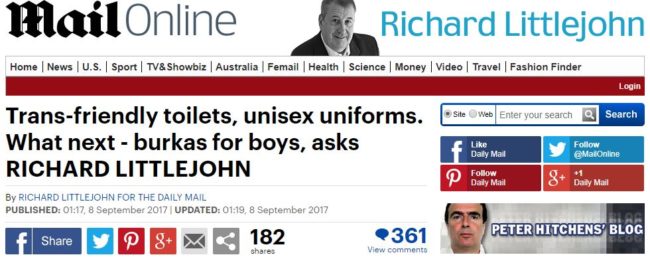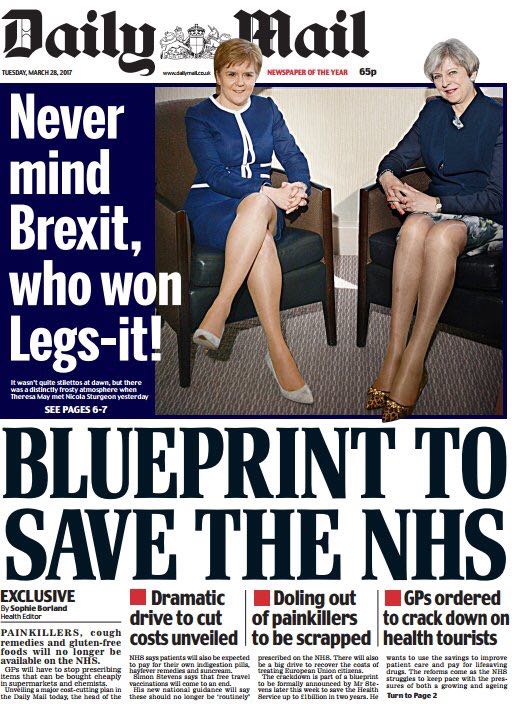Question –
Curran and Seaton present the view that a free press relies on a free market where individual newspapers can compete through their political stances and points of view.
Analyse the ways that The i and the Daily Mail attempt to establish a distinctive identity within this free market. To what extent has this been successful? Refer to the specific edition of your case study – for both papers – as well as, on-line versions of these publications.
Curran and Seaton –
Currran –
Due to price increases of some PSBs some citizens are excluded by price.
‘The United Kingdom regards press freedom as an absolute freedom.’ The government leaves it to the market forces to decide which press products survive’ (1992: 53).
Seaton –
Free Press – Freedom of the press or freedom of the media is the principle that communication and expression through various media, including printed and electronic media, especially published materials, should be considered a right to be exercised freely.
Free Market – The free market is an economic system based on supply and demand with little or no government control. … Free markets are characterized by a spontaneous and decentralized order of arrangements through which individuals make economic decisions.
The I attempts to establish a distinctive identity –
- Can be freely red in many large UK airports
- Doesn’t have a definitive political stance and is used more to convey news and stories rather than persuade its audience
- The i launched to pose a challenge to existing ‘quality’ newspapers with low cover price and tabloid format.
- In the context of declining newspaper sales it made a bold statement: “condense, re-format, repurpose – and produce a terse, intelligent summation of the day’s news that busy commuters can enjoy” (Peter Preston).
- It has battled to remain ‘cheap’ or at least ‘cheaper’: the weekday edition rising from 20p to 50p.
- Historical lineage going back to a much-missed ‘parent’ paper, the Independent, now defunct in print form: A significant number of staff joined the team from The Independent.
- It has maintained a reputation: named National Newspaper of the Year in 2015.
- Actually this link was broken when it was purchased by regional publisher Johnston Press (this has not affected its identity).
- It has a distinct ‘independent’ register, crisply edited: aimed at “readers and lapsed readers” of all ages and commuters with limited time: you don’t have to ‘identify’ yourself as a reader of a newspaper.
- Appearance is vital: USP: inside and out: compact, “matrices” for news, business and sports— small paragraphs of information which are expanded upon in full articles further on in the paper”.
- Its title reaches back to ‘independence’ but also forward to internet: i-pad, i-phone, i-player, i!
- The paper is active on social media, reinforcing its youthful feel: there is also a discounted student subscription that lasts for one academic year
The Daily Mail attempts to establish a distinctive identity –
- published in London in a tabloid format. Founded in 1896, it is the United Kingdom’s highest-circulated daily newspaper.
- A questionable source exhibits one or more of the following: extreme bias, consistent promotion of propaganda/conspiracies, poor or no sourcing to credible information, a complete lack of transparency and/or is fake news. Fake News is the deliberate attempt to publish hoaxes and/or disinformation for the purpose of profit or influence, this could be applied to the Daily Mail as many ideas it expresses are very right-wing.
- Overall, rate Daily Mail Right Biased and Questionable due to numerous failed fact checks and poor sourcing of information.
- Established in 1896 by Harold and Alfred Harmsworth and Kennedy Jones, The Daily Mail is a tabloid newspaper in the UK. It is edited by Geordie Greig, who took over as editor in November 2018 from Paul Dacre, who had been the editor since 1992.
- The Daily Mail’s parent company is DMGT, which owns newspapers including the Daily Mail, the Mail on Sunday = gatekeep information/ manufacture consent/ public sphere
- Harold Sidney Harmsworth is also known to be an admirer of Mussolini and a supporter of Nazi Germany.
- Daily Mail and General Trust (DMGT) reported adjusted operating profit (before tax) of £63m for the nine months to 30 June, down from £112m in 2019. DMGT also reported revenue of £934m, down an underlying seven per cent for the period.
Theories –
James Curren and Jean Seaton – SYSTEM BASED UPON SUPPLY AND COMMAND (CONSUMER RATE) Free Market. the radical press, newspapers or print media that emphasises ideologies that are considered extreme or against dominant ideologies, was so influential that the backing of other daily newspapers may convey the idea of shared interests. In addition, the rise in costs of print media during the nineteenth century meant that there was large competition between newspaper enterprises. Information used by the press is free and transparent within the public domain. Free from political control (liberal, free, neutral, transparent press) Developed Habermas’s ideas.
Noam Chomsky – Manufacturing Consent – How the media can manipulate stories ideas and concepts in order to portray a feeling of agreement and consent. Manufacturing consent works in a similar, if not the same (modern) way as propaganda.
- The five ‘filters’ of Manufacturing Consent’ –
- 1) The size, concentrated ownership, owner wealth, and profit orientation of the dominant mass-media firms
- 2) Advertising as the primary income source of the mass media
- 3) The reliance of the media on information provided by government, business and ‘experts’ funded and approved by these primary sources and agents of power.
- 4) ‘Flak’ as a means of disciplining the media
- 5) ‘Anticommunism’ as a national religion and control mechanism. – common enemy
Habermas – Public Sphere – The idea that the media allow for wider demographics to connect and share ideas rather than ideas being mainly conveyed from socially higher powers such as government and royalty.
Roland Bathes – Semiotics/ signs/ symbols – Don’t take everything conveyed in the media at face value, as even font style can influence a reader or convey a meaning or message.
Useful Ideas/ Quotes –
- the suggestion that the news media ‘reinforces’ a political situation (Murdock, 1982), or the idea that
- ‘different stances different news organisations or types of organisations take toward different audiences in the marketplace‘ (Curran et al, 1980), or
- the proposition that “major media conglomerates control more and more of the world’s media. Where media are not controlled by organisations, they are generally voices of the state.”
- the propaganda model that the media ‘serve to mobilize support for the special interests that dominate the state and private activity‘ (Chomsky, 1988)
- Roland Barthes signs in the news
- The significance of economic factors, including commercial and not-for-profit public funding, to media industries and their products.
- How media organisations maintain, including through marketing, varieties of audiences nationally.
- How media producers target, attract, reach, address and potentially construct audiences.
- How media industries target audiences through the content and appeal of media products and through the ways in which they are marketed, distributed and circulated. The Liberal theory of press freedom (eg summarised by Curran & Seaton)
- In this view of freedom of expression, it is the interests of the press, not of its readers nor of the subjects of its coverage, which are fundamental. (‘Free enterprise is a pre-requisite of a free press’)
- Based on the assumption that democracy is best served by the free exchange of ideas, for which freedom of expression is vital. (‘the best test of truth is the power of the thought to get itself accepted in the competition of the market’)
- In the case of the press, with certain limited exceptions, no legal restriction is placed on the right to buy or launch a newspaper. (This ensures, in liberal theory, that the press is free, diverse and representative (Curran and Seaton 2003: 346-7).
- ‘the United Kingdom regards press freedom as an absolute freedom.’ The government leaves it to the market forces to decide which press products survive’ (1992: 53).
- ‘press freedom is a property right exercised by publishers on behalf of society.’ Any other form of regulation simply distorts the market, operates against the interests of both producers and consumers, and violates the private property rights on which this whole edifice rests.
Improvements (Based on AS question) –
- Make sure you are aware and able to discuss Curran and Seaton’s ideas around the liberal press. And that you are able to use quotation from them to support your ideas and to illustrate your knowledge. ·
- Go back to your notes on the key words, phrases and ideas; reflect, expand, develop and extend your thinking and your definitions.
- Responses are required to apply these ideas about press freedom (aka The Liberal theory of press freedom (eg summarised by Curran & Seaton) to the set newspaper and to make judgements and draw conclusions around the extent to which the product has been successful in its attempts to find its place in this free market
- Responses in the higher bands will explicitly engage with the ‘to what extent’ aspect of the question through reference to the set product and will demonstrate an understanding of the complex character of relationships between production, markets and audiences.
Structure –
( /20)
Paragraph 1 – introduction – Define Free Press & Free Market, Introduce ideas by Curran and Seaton and briefly explain how this can be linked to The Daily Mail and The i newspapers.
Paragraph 2 – In depth analysis of quote by Curran AND Seaton and how this might link in with the i and Daily Mail, using specific institutional analysis and theories such as Manufacturing Consent. How do the ideas presented by Curran AND Seaton allow for these papers to express a distinctive identity either successfully or unsuccessfully.
Paragraph 3 – Analysis of the i and the CSP pages, referring to political stance and close analysis on lexis and font style/ layout plus connotations that are presented – link to Roland Barthes, also referring to institutional analysis such as specific dates, names or stats. Refer back to question and how this might allow the i to establish a distinctive identity. Link in with ideas presented by Curran and Seaton.
Paragraph 4 – Introduce The Daily Mail, using the CSP pages and their political stance (contrast to the i) use institutional analysis and refer back to the question. Is the Daily mail more reactionary or radical? Link in with the idea of monopolies or gatekeeping or Public sphere. Link in with ideas presented by Curran and Seaton.
Paragraph 5 – Conclusion, summaries all points and closely refer and answer the points raised in the question –
- Curran and Seaton present the view that a free press relies on a free market where individual newspapers can compete through their political stances and points of view.
- Analyse the ways that The i and the Daily Mail attempt to establish a distinctive identity within this free market. To what extent has this been successful?
- Refer to the specific edition of your case study – for both papers – as well as, on-line versions of these publications.

